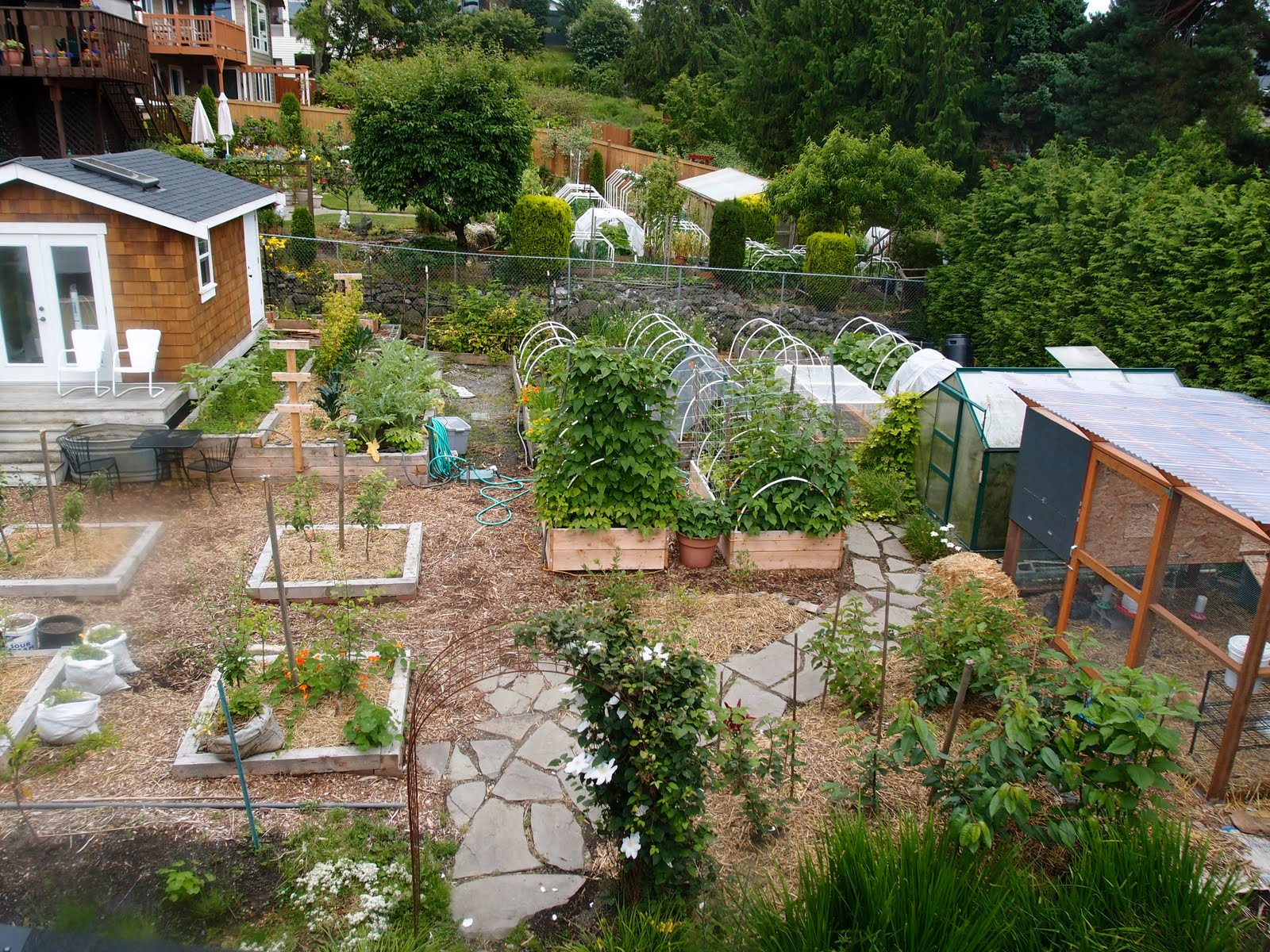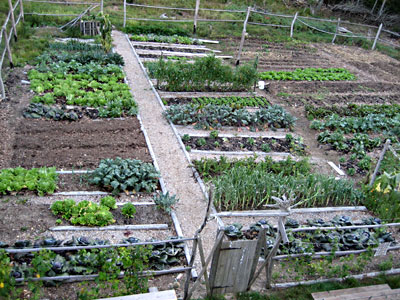What to Cultivate in Your Homestead Gardening Setup
What to Cultivate in Your Homestead Gardening Setup
Blog Article
Discover Necessary Tips for Successful Gardening Techniques and Practices
Horticulture, usually seen as a straightforward activity, encompasses a series of strategies and practices that can dramatically affect the outcome of your efforts. By focusing on essential components such as dirt health, efficient sprinkling strategies, and suitable plant selection, garden enthusiasts can create a successful ecological community that supports vivid growth. Furthermore, recognizing the subtleties of pest administration and seasonal upkeep can further improve performance. Numerous fanatics overlook vital information that can make or damage their gardening success-- checking out these ignored facets may reveal the key to cultivating a flourishing garden.
Understanding Dirt Wellness
Dirt wellness is a fundamental facet of successful horticulture, as it directly affects plant growth, nutrition availability, and ecological community balance. Healthy and balanced soil is identified by a rich biodiversity of microbes, organic issue, and a balanced pH degree, which together produce an environment for plant advancement.
To understand soil wellness, one need to consider its physical, chemical, and organic residential properties. The structure and framework of dirt affect its capacity to keep dampness and nutrients, while the chemical structure determines the schedule of necessary elements like potassium, phosphorus, and nitrogen. Routine dirt testing is vital to evaluate these variables, enabling garden enthusiasts to make educated decisions relating to fertilizers and changes.
In addition, promoting biological task within the dirt is important for preserving its wellness. Practices such as composting, plant rotation, and making use of cover crops can improve microbial variety, enhance nutrient biking, and lower soil erosion. By focusing on dirt wellness, gardeners not only enhance plant development yet also add to a lasting community, making certain that their gardening methods are ecologically liable and resilient over time.
Effective Watering Methods
Making sure that plants obtain the appropriate amount of water is important for their health and growth, particularly when paired with a strong foundation of soil health (Homestead Gardening). Effective sprinkling strategies can significantly influence plant vigor, minimizing water waste and promoting optimal development
One basic approach is deep watering, which motivates roots to expand deeper right into the dirt, improving dry spell resistance. This method usually involves sprinkling less regularly however in larger amounts, enabling dampness to permeate the origin area thoroughly. Timing is likewise essential; morning is the suitable time to water, as it lessens evaporation and enables foliage to dry throughout the day, decreasing condition dangers.
Additionally, utilizing compost can help maintain dirt moisture and control temperature level, further helping reliable sprinkling practices. Using a drip watering system can also offer targeted dampness straight to the roots, making sure that water gets to where it's most needed while conserving resources.
Keeping track of rains and dirt wetness degrees can guide modifications in your watering timetable, ensuring plants receive constant hydration without over-saturation. By taking on these effective watering strategies, garden enthusiasts can foster a successful setting for their plants to prosper.
Plant Selection and Placement
Just how can the right plant selection and calculated positioning change a yard into a growing ecological community? The harmony in between plant selections and their positioning is important for producing a lively yard. When picking plants, consider elements such as climate, soil type, and sunlight exposure. Native types are commonly the very best selection as they are adjusted to regional problems and need less maintenance.
Strategic placement involves arranging plants according to their growth habits and demands. Taller plants ought to be positioned at the back of borders to prevent shielding much shorter plants. In addition, organizing plants with comparable water and light needs can boost their development and lower competitors for sources.
Including a variety of plants not only adds aesthetic allure however also advertises biodiversity, bring in beneficial insects and pollinators. Take into consideration the seasonal adjustments in your yard; pick a mix of annuals, perennials, and evergreens to ensure year-round passion.
Last but not least, remember to assess the fully grown dimension of plants before growing to prevent congestion and make sure appropriate air circulation. Thoughtful plant option and calculated placement develop an unified environment, permitting your garden to flourish while lessening challenges.
Parasite and Illness Administration
Reliable insect and disease monitoring is necessary for preserving a healthy yard environment - Homestead Gardening. A proactive technique, integrating cultural, organic, and chemical strategies, can significantly decrease the impact of parasites and diseases on your plants

Organic controls, such as presenting beneficial insects like ladybugs or aggressive mites, can keep insect populaces in check without hurting the setting. In addition, keeping plant wellness through proper watering, fertilization, and pruning will bolster their resilience against diseases.
When intervention is necessary, go with targeted chemical treatments, guaranteeing to follow application guidelines to minimize harm to non-target organisms. Always prioritize sustainable practices, as they promote long-term yard wellness and eco-friendly equilibrium. By incorporating these strategies, garden enthusiasts can properly take care of pests and conditions, making sure flourishing plants and a productive garden.

Seasonal Upkeep Practices
In springtime, emphasis on soil prep work by testing pH degrees and adding essential changes. Routinely evaluate emerging plants for parasites and illness.
As summer season techniques, ensure appropriate irrigation while monitoring for indications of stress and anxiety or illness. Trim back overgrown plants to urge air flow and lower humidity around vegetation. This practice not just enhances plant health and wellness yet also advertises blooming see post and fruiting.
With the arrival of autumn, it's time to plan for winter season. Tidy up fallen leaves and particles to stop bug infestations, and think about growing cover crops to enrich dirt health. This period is additionally suitable for splitting perennials and growing spring-flowering bulbs.
Conclusion
Effective gardening joints on the combination of audio practices in soil wellness, watering, plant selection, parasite management, and seasonal maintenance. By prioritizing dirt screening and microbial diversity, utilizing reliable watering methods, and picking proper plants, garden enthusiasts can create flourishing ecological communities. Additionally, proactive insect administration and diligent seasonal maintenance add significantly to overall garden vitality. Accepting these strategies fosters a effective and lasting horticulture atmosphere, making certain prospering development and durability throughout the altering seasons.
By focusing on necessary aspects such as soil health, reliable watering strategies, and ideal plant choice, gardeners can create a growing environment that supports dynamic growth. By focusing on soil health, garden enthusiasts not only Read Full Report maximize plant growth but additionally contribute to a lasting environment, guaranteeing that their horticulture methods are durable and environmentally click to investigate liable over time.
Taller plants ought to be placed at the back of borders to protect against shading much shorter plants. Clean up dropped leaves and debris to protect against bug infestations, and take into consideration planting cover plants to enhance dirt health and wellness.Effective gardening hinges on the assimilation of sound methods in dirt health and wellness, watering, plant option, insect monitoring, and seasonal maintenance.
Report this page